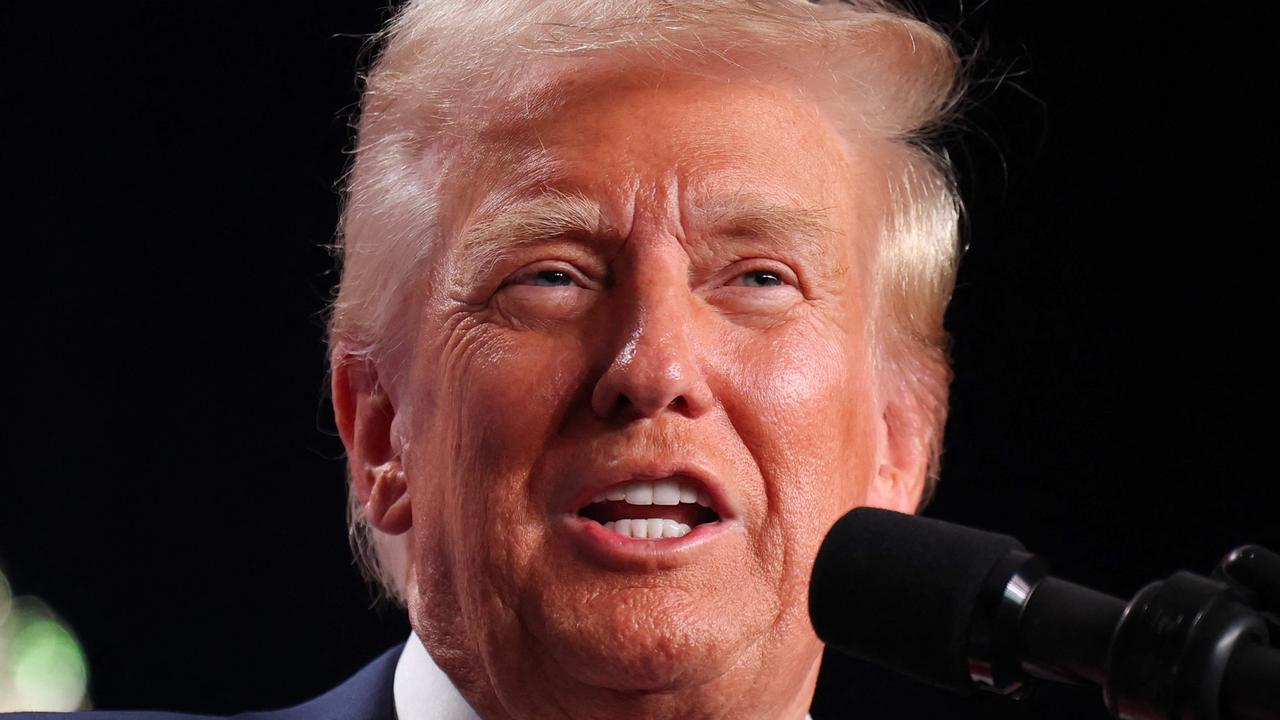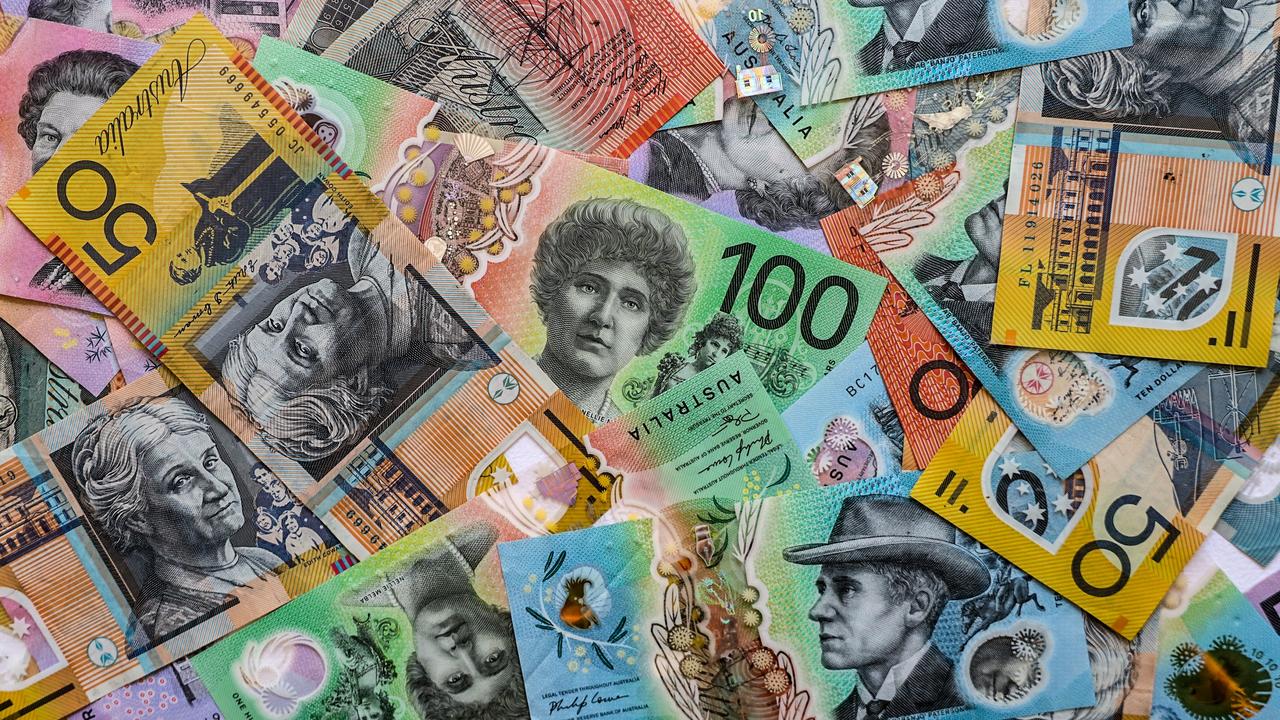RBA leaves cash rate on hold in June
THE RBA has left the official cash rate on hold at its historic low of 1.75 per cent, but borrowers can look forward to some more relief soon.
Interest Rates
Don't miss out on the headlines from Interest Rates. Followed categories will be added to My News.
THE Reserve Bank has left the official cash rate on hold at its historic low of 1.75 per cent.
Last month, the RBA slashed the interest rates by 25 basis points in a shock federal budget day move, citing weak inflation data as the reason and saying a softening housing market meant the cut shouldn’t reignite unsustainable price growth.
The RBA was widely expected to hold rates steady at its June meeting. The May cut came one year after the bank slashed rates to 2 per cent to combat weak business investment outlook, falling commodity prices and a too-high Aussie dollar.
In his statement, RBA Governor Glenn Stevens said recent data showed overall growth was continuing, despite a large decline in business investment.
“Indications are that the effects of supervisory measures have strengthened lending standards in the housing market,” Mr Stevens said.
“Separately, a number of lenders are also taking a more cautious attitude to lending in certain segments. Dwelling prices have begun to rise again recently. But considerable supply of apartments is scheduled to come on stream over the next couple of years, particularly in the eastern capital cities.”
Tim Lawless, head of research at CoreLogic, said mortgage rates were likely to remain at their lowest levels since 1968. “In making their decision the RBA is facing conflicting economic trends,” he said.
“On one hand we have an economy that is growing at just over 3 per cent per annum, low unemployment and a re-accelerating housing market.
“On the other hand the RBA is confronted with a core inflation reading which is at a record low as well as the lowest wages growth on record. While the decision to hold rates was widely expected, the prospect of a further rate cut later this year is still well and truly on the cards.”
Mr Lawless said if the June quarter inflation data, due out a week before the RBA’s August meeting, showed another weak reading, the chances of an August cut are high.
He added that the turnaround in the pace of capital gains across the housing sector were likely to be a concern for the central bank. CoreLogic reported a 1.6 per cent rise in capital city home values last week, following a 1.7 per cent rise in April.
“Strong housing market conditions probably wouldn’t be enough to block a further rate cut, however, if the renewed growth trend continues,” he said.
“There is the potential for a further regulatory response that could cool housing market demand while at the same time allowing monetary policy to stimulate the broader economy.”
The head of the mortgage brokers peak body said while the current low interest rate environment made fixed rate home loans attractive, it depends on borrowers’ individual circumstances.
“There’s never a bad time to fix but there are times to more seriously consider this option,” Finance Brokers Association of Australia chief executive Peter White said.
Mr White said fixed rates were useful when planning for a family, during times of job insecurity or any other situation which might affect regular income.
“Some fixed rates are cheaper than variable rates, and there is always the option to fix only a portion of the repayment,” he said, adding that consumers should be wary of banks attempting to charge “break costs” once rates start to rise.
“Consumers should be able to reassess their mortgage and be released from fixed interest rates at times of rising rates however many banks still attempt to charge these fees,” he said.
According to a survey of 31 economists by comparison website Finder.com.au, 68 per cent are predicting another cut this year. The majority (60 per cent) predict a bottom of 1.5 per cent this cycle.
The current average home loan nationally is $357,500, down from a high of $386,000 in November 2015, but Finder predicts the average loan size to jump 0.92 per cent in June based on previous movements.
“These historically low rates are not here to stay,” Finder spokeswoman Bessie Hassan said, pointing out 39 per cent of economists were predicting a rate rise beyond this year.
“Should the cash rate rise by 0.25 per cent, you’ll be paying approximately $50 per month more for a $300,000 loan size — and potentially, thousands of dollars more over the life of your loan,” she said.
“Thinking ahead may save you from a nasty shock a few months into becoming a homeowner.”
Originally published as RBA leaves cash rate on hold in June



